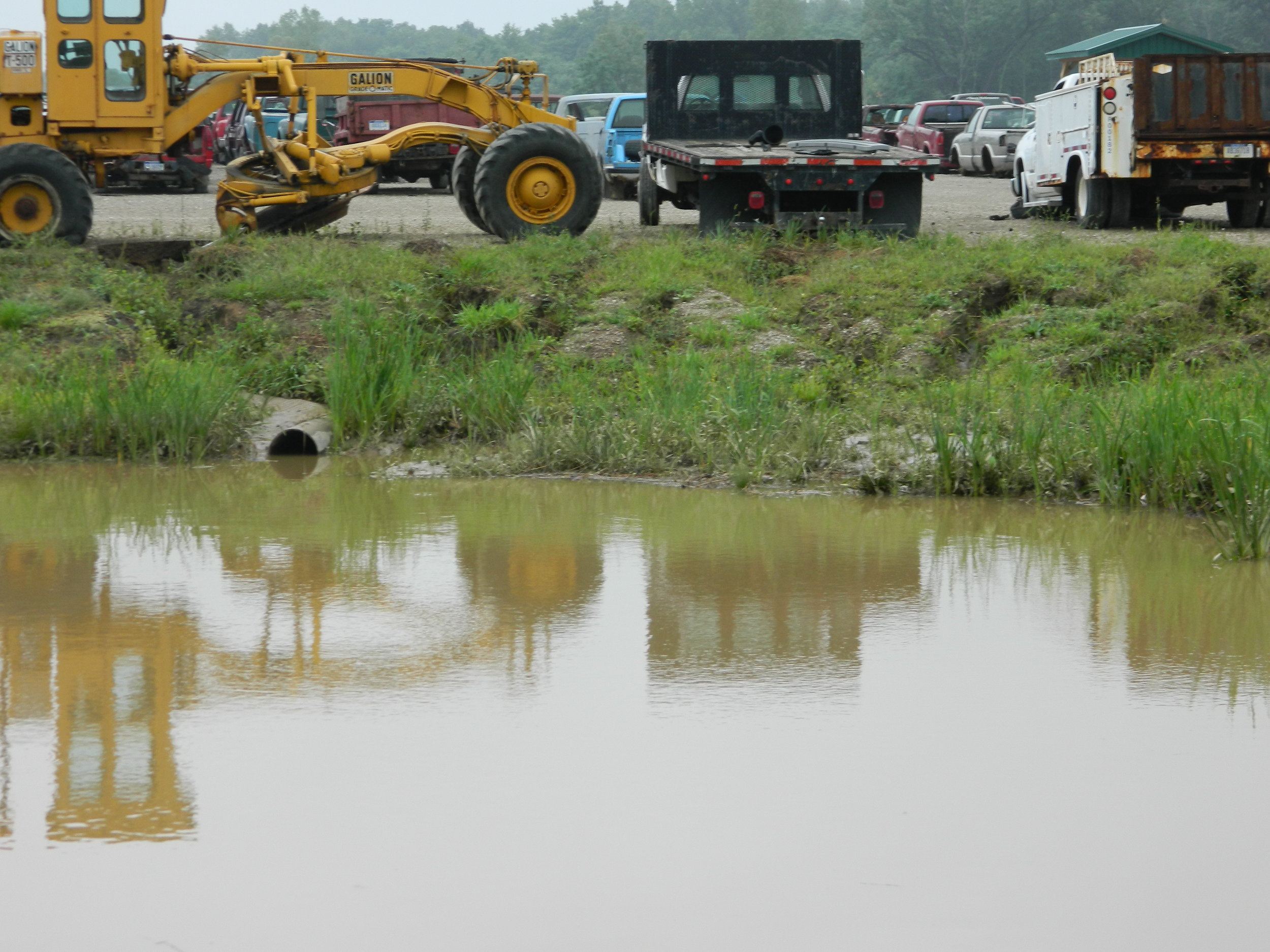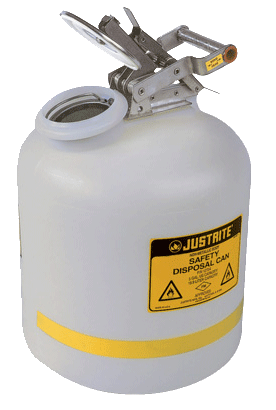Safe and Lasting Liquid Waste Disposal: Your Go-To Company
Safe and Lasting Liquid Waste Disposal: Your Go-To Company
Blog Article
Understanding the Comprehensive Process of Fluid Waste Disposal: Finest Practices and Environmental Influence Considerations
The management of liquid garbage disposal is a diverse issue that calls for a comprehensive understanding of different ideal methods and their associated ecological effects. From the kinds of liquid waste created to the methods employed for collection, treatment, and last disposal, each step plays a crucial role in guarding communities and public health. As regulative criteria evolve and innovation breakthroughs, the discussion around these processes becomes significantly relevant. What implications do these modifications hold for future sustainability initiatives, and just how can stakeholders ensure that they are appropriately addressed?
Types of Liquid Waste
Comprehending the numerous sorts of liquid waste is necessary for effective monitoring and disposal practices. Liquid waste can be generally categorized into several types, each calling for unique handling and treatment strategies.
Industrial fluid waste usually consists of harmful products, consisting of heavy steels, solvents, and chemicals, generated during making procedures. These wastes demand strict regulative conformity to secure human health and wellness and the environment. Residential fluid waste largely refers to wastewater created from households, including sewage and greywater, which, although less hazardous, can still posture substantial threats if improperly taken care of.
Agricultural liquid waste, consisting of drainage from farms, frequently contains plant foods and chemicals that can lead to ecological destruction otherwise treated effectively. Clinical fluid waste, generated from health care centers, consists of infected liquids such as bodily fluids and chemicals, needing specialized disposal approaches to avoid infection and environmental contamination.
Last but not least, oil and oil waste, usually produced by dining establishments and automotive markets, can trigger serious blockages in sewer systems otherwise taken care of appropriately. Understanding these classifications helps with targeted strategies for therapy, compliance with laws, and effective disposal approaches, eventually advertising ecological sustainability and public health and wellness security.

Collection Approaches
Efficient collection methods are important for the proper administration of fluid waste, making sure that it is gathered securely and effectively before therapy or disposal. Different techniques are used depending on the kind of fluid waste generated, the volume, and the certain qualities of the waste.
One common method is using dedicated collection storage tanks or sumps, which are designed to record liquid waste at the source. These systems frequently include pumps that help with the transfer of waste to larger storage space containers or therapy facilities. In addition, mobile collection devices outfitted with vacuum technology are used in circumstances where waste is created intermittently or in hard-to-reach places.
For commercial setups, closed-loop systems can effectively lessen spills and leaks, permitting the recovery and reuse of liquid waste. It is likewise crucial to train workers on correct collection methods to reduce threats connected with unsafe substances.
In addition, applying routine upkeep timetables for collection equipment makes sure ideal performance and safety. The combination of sophisticated surveillance systems can enhance collection performance by offering real-time data on waste degrees and prospective dangers. Overall, efficient collection methods are foundational to sustainable fluid waste administration methods.
Treatment Procedures
Treatment procedures play a vital role in the administration of fluid waste, changing possibly hazardous materials into safe effluents or reusable resources - liquid waste disposal. These procedures can be extensively categorized into physical, chemical, and organic methods, each customized to resolve particular contaminants present in the waste stream
Physical therapy methods, such as sedimentation and filtration, work by getting rid of suspended solids and particle issue. These strategies are often the very first step in the therapy chain, effectively lowering the load on subsequent processes. Chemical treatments involve making use of reagents to reduce the effects of damaging substances, precipitate heavy metals, or oxidize natural contaminants, thereby improving the safety and security of the effluent.
Organic therapy processes, including activated sludge systems and anaerobic digestion, take advantage of the all-natural capacities of microbes to deteriorate raw material. These methods are specifically effective for wastewater containing eco-friendly toxins. Advanced treatment technologies, such as membrane filtering and progressed oxidation processes, are increasingly used to achieve higher degrees of filtration.
Incorporating a combination of these therapy methods not just ensures compliance with regulative criteria but also advertises environmental sustainability by recuperating valuable resources from liquid waste.
Disposal Options
Just how can organizations make certain the risk-free and liable disposal of liquid waste? Efficient disposal alternatives are essential for securing public health and the setting. The key approaches consist of land incineration, treatment, and disposal adhered to by discharge into municipal wastewater systems.
Land disposal involves the mindful containment of fluid waste in designated garbage dumps, making certain that it does not seep into bordering dirt or water. Incineration, on the other hand, topics liquid waste to heats, transforming it into ash and gases, which call for appropriate filtering to minimize emissions. This Continued technique is suitable for contaminateds materials that can not be dealt with via standard means.
In instances where liquid waste can be treated, companies might decide for biological or chemical therapy processes to counteract hazardous parts prior to releasing the treated effluent right into community systems. This route typically straightens with governing demands, ensuring that the effluent satisfies safety and security requirements.
Eventually, companies must carry out extensive evaluations of each disposal option to identify its practicality, taking into consideration aspects such as waste composition, regulatory conformity, and possible threats to wellness and the setting. By choosing proper disposal approaches, companies can add to an accountable waste administration technique.
Environmental Influence
The ecological impact of fluid waste disposal is an essential factor to consider for organizations looking for to minimize their ecological footprint. Furthermore, the discharge of unattended or inadequately treated waste right into surface waters can result in eutrophication, leading to oxygen depletion and the succeeding fatality of fish and various other microorganisms.

To reduce these effects, companies must take on finest practices such as executing strenuous waste treatment procedures, promoting recycling and reuse, and sticking to regulatory requirements. By taking a positive approach to liquid waste management, entities can dramatically minimize their environmental impact while supporting lasting development goals. Inevitably, a detailed understanding of the environmental influences connected with liquid waste disposal is essential for notified decision-making and responsible stewardship of all-natural resources.
Final Thought
Effective management of liquid waste is essential for protecting ecological honesty and public wellness. Inevitably, a comprehensive understanding of fluid waste disposal not just alleviates ecological influences however likewise cultivates a commitment to responsible source administration and ecological stewardship.
The management of fluid waste disposal is a complex concern that calls for a thorough understanding of numerous finest practices and their connected ecological impacts. From the kinds of liquid waste created to the methods used for collection, treatment, and final disposal, each step plays an essential function in safeguarding ecosystems and why not look here public wellness.The ecological effect of liquid waste disposal is a critical consideration for organizations looking for to minimize their environmental footprint. Inevitably, a detailed understanding of the environmental effects linked with fluid waste disposal is necessary for notified decision-making and accountable stewardship of natural resources.
Inevitably, a detailed understanding of liquid waste disposal not only reduces environmental influences yet likewise promotes a commitment to liable source administration and ecological stewardship.
Report this page